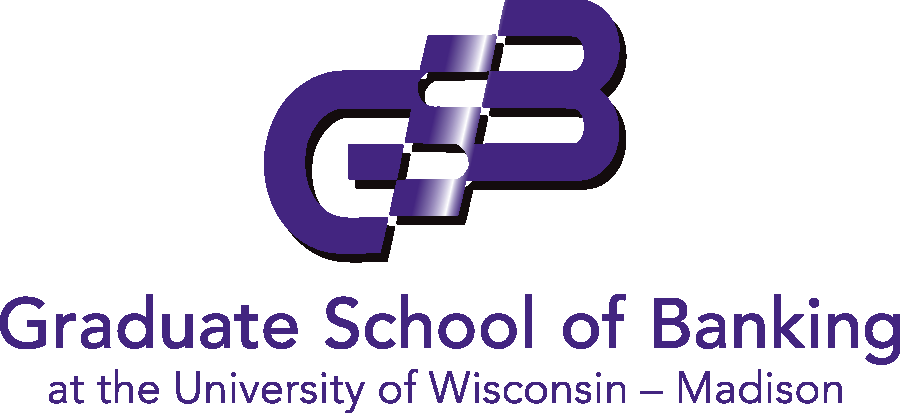4721 S Biltmore Lane
Madison, WI 53718
Home > GSB Online Seminar Series > Personal Tax Returns and Cash Flow – Focus on Pass-Through Entities and Schedule K-1s-Fa24
Home > Schools & Programs > Personal Tax Returns and Cash Flow – Focus on Pass-Through Entities and Schedule K-1s-Fa24
Purchasing for others?
$330.00
| Date | Pre-Recorded |
|---|---|
| Recording Available Until | 04/30/2025 |
| Presenter | Richard Hamm |
| Company | Advantage Consulting & Training |
| Target Audience | Branch managers, commercial lenders, Consumer lenders, credit analysts, lending managers and credit officers, loan review specialists, mortgage bankers, private bankers, small business lenders, special assets officers |
| Program Time | 1:00 pm-2:30 pm CT |
| Duration | 90 minutes |
Bankers underwrite loans primarily from tax returns, particularly at the community bank level. What reported income on a personal tax return actually is cash flow? What items on a Schedule K-1 involve cash inflows and outflows to our customer? Using case examples and worksheets, this seminar covers how to analyze personal tax returns to develop cash flow within a simple, logical and consistent framework. It provides the tools needed to reduce voluminous amounts of forms and schedules into a concise, relevant picture of cash flow, focusing on personal situations where pass-through entity items are reported in the tax return.
Specific subjects that will be covered during the seminar:
Target Audience: Branch managers, consumer lenders, mortgage bankers, private bankers, small business lenders, commercial lenders, credit analysts, loan review specialists, special assets officers, lending managers and credit offi
4721 S Biltmore Lane
Madison, WI 53718
We use cookies to enhance your experience on our website. By clicking "Accept," you agree to the storing of cookies on your device to analyze site usage, enhance site navigation, and assist in our marketing efforts. If you do not wish to accept all cookies, you can manage your preferences by clicking "Deny." For more detailed information about the cookies we use, see our Cookies Policy.

| Thank you for Signing Up |
